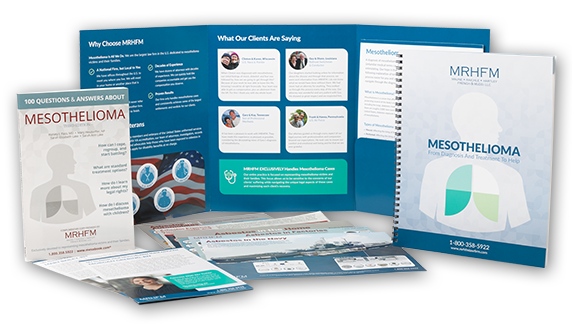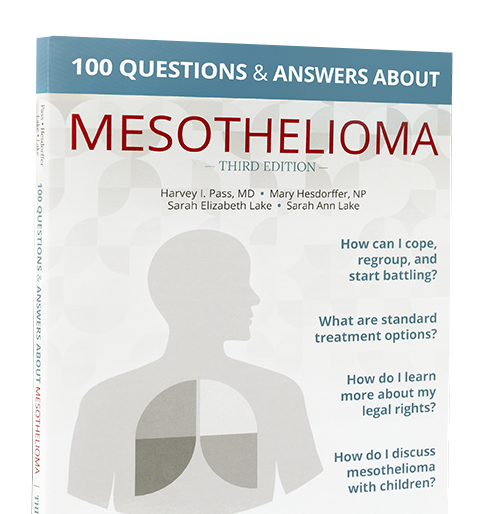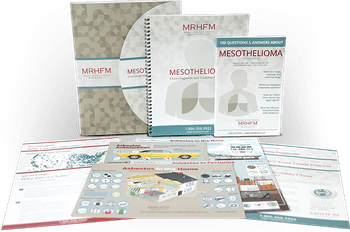A new study titled A Single-Institution Experience in Percutaneous Image-Guided Biopsy of Malignant Pleural Mesothelioma (MPM) says that the disease can be detected with fewer risks and at a lower cost than traditional methods. Before we review the study, it’s important to understand current detection methods for MPM and risks. The most common traditional methods include thoracoscopy and open surgical biopsies. Thoracoscopy uses an endoscope called a thoracoscope to look at areas inside the chest and take tissue samples for biopsies. The procedure is done in the operating room under general anesthesia.
Per the American Cancer Society, “the doctor inserts the thoracoscope through one or more small cuts made in the chest wall to look at the space between the lungs and the chest wall. This lets the doctor see possible areas of cancer and remove small pieces of tissue to look at under the microscope. The doctor can also sample lymph nodes and fluid and see if a tumor is growing into nearby tissues or organs.”
Thoracoscopy is also used to keep fluid from building up in the chest. Risk include air leak through the lung wall, which would require a longer hospital stay, bleeding, wound infection, inflammation of the lungs (pneumonia), and pain or numbness at the incision site.
When Thoracoscopy isn’t enough to make a diagnosis, an open surgical biopsy is needed. This is one of the most accurate ways to diagnose MPM, but it is even more invasive—and costly. The surgeon must make an incision in the chest (thoracotomy) or an incision in the abdomen (laparotomy) so that a larger sample of tumor (or even the entire tumor) can be removed. Risks include infection, pneumonia, blood loss or clots, and pain or discomfort.
The new study, led by Dr. Brian T. Welch of the Department of Radiology at Mayo Clinic, “identified 32 patients with a confirmed diagnosis of pleural mesothelioma who underwent image-guided needle biopsy between January 1, 2002, and January 1, 2016. Patient, procedural, and pathologic characteristics were recorded. Complications were characterized via standardized nomenclature [Common Terminology for Clinically Adverse Events (CTCAE)].”
The results showed that “percutaneous image-guided biopsy was associated with an overall sensitivity of 81%. No CTCAE clinically significant complications were observed. No image-guided procedures were complicated by pneumothorax or necessitated chest tube placement. No patients had tumor seeding of the biopsy tract.”
Conclusion
Percutaneous image-guided biopsy can achieve high sensitivity for pathologic diagnosis of pleural mesothelioma with a low procedural complication rate, potentially averting the need for surgical biopsy. This means that patients could avoid the risks, discomfort, and costs that more aggressive approaches involve.
Sources
Ferreiro, Lucia, Juan Suarez-Antelo, and Luis Valdes. "Pleural Procedures in the Management of Malignant Effusions." Annals of Thoracic Medicine 12.1 (2017): 3. U.S. National Library of Medicine, National Institutes of Health (NIH). Web. 15 Mar. 2017.
"How Is Malignant Mesothelioma Diagnosed?" American Cancer Society. American Cancer Society, Inc., 2017. Web. 15 Mar. 2017.
"Thoracoscopy Risks and Complications." University of Southern California Department of Surgery. CardioVascular Thoracic Institute, Keck School of Medicine of USC, n.d. Web. 15 Mar. 2017.
Welch, B.T., Eiken, P.W., Atwell, T.D. et al. Cardiovasc Intervent Radiol (2017). doi:10.1007/s00270-017-1583-7





